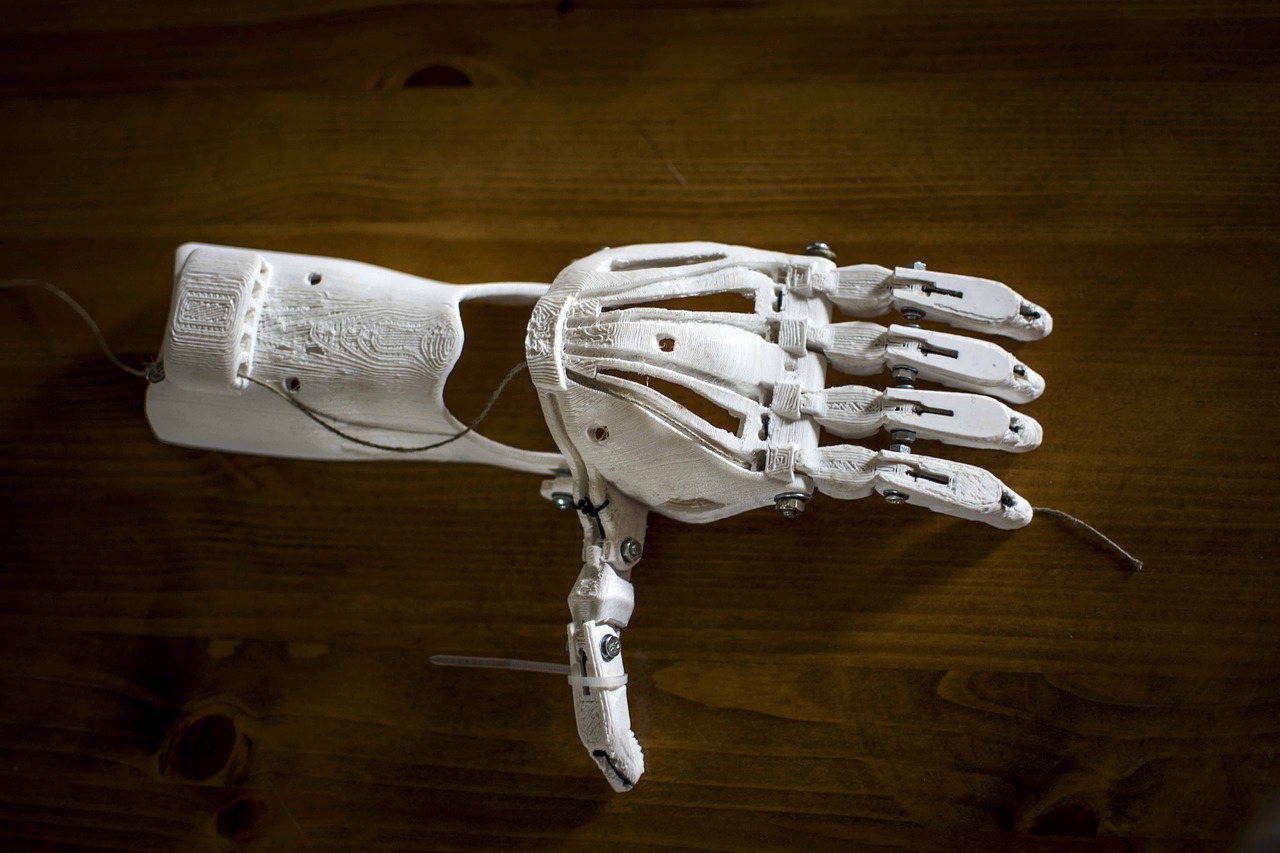Plastics are swiftly gaining a foothold in the healthcare sector as medical devices, instruments and implants, and 3D-printed biomedical objects are increasingly using innovative, bio-compatible polymers.

They are also being used extensively as packaging material, which helps a great deal in pharma logistics and supply chain.
Medical plastics, as they are often categorised, are driven and sustained by innovations and immaculate business strategies.
The chemical and electrical properties of polymers, their compatibility with the living tissue, and their ease of production and cost effectiveness are making their scope wider and everlasting in the field of medicine.
Polymers have already become an integral part of the Sector, with the advent of new micro and nanofluidic devices, human-on-a-chip, artificial organs, and packaging technology among many others.
Here is how plastics and polymers are catapulting the healthcare sector on to the bleeding edge of science and technology.
Sensors that Dissolve
Researchers at Washington University and the University of Illinois developed a sensor using polylactic-coglycolic acid (PLGA) and silicone.
The device is only a few nanometers thick and can be implanted in the brain and remotely activated to deliver drugs.
Also called bioresorbable brain sensors, these are capable of measuring intracranial pressure and temperature. Once the device is no longer needed, the body absorbs it. PLGA are safe and biocompatible.
This seismic breakthrough allows neuroscientists to temporarily monitor brain parameters with high accuracy.
Implantable Elastomeric and Shape Memory Materials
A materials technology company recently developed a new class of elastomers with ground-breaking elongation and shape memory capabilities.
As per claims made by the Company, the new material – based on silicone with different functional groups – approached 5,000% elongation before reaching breaking point, allowing them to create microfluidic devices used in in vitro diagnostics.
This means that the device can withstand elongation, movement and distortion, yet remain functional.
The advantage is that they can be stretched, rolled and inserted into a syringe and injected through a small opening into the body. Once in the target region, the device can retain its shape along with all its circuits and functions.
PDMS Films for Cancer Recurrence Early Warning
A team from the University of Michigan developed a thin, stretchable film, that can coil light waves, or circularly polarize it, to help monitor cancer survivors through an upcoming technology.
The film is based on Polydimethylsiloxane, the material used for making contact lenses. The PDMS-based material is twisted and coated with gold nano particles to induce reflectivity, then unwound.
The circularly polarized light is an essential ingredient in a process that could provide an early warning system for cancer recurrence.
Regenerating Hybrid Polymers
Northwestern University scientists developed a new hybrid plastic that can be used for drug delivery and creating artificial muscles and organs.
This technology has both rigid and soft nanoscale compartments, which can be removed and regenerated.
The new type of plastic is capable of contracting and expanding like muscles and rapidly responding to environmental stimuli.
Other areas of applications include self-repairing materials and replaceable energy sources.
Polymers for Wearable Electronics
Panasonic developed a soft, flexible, and stretchable polymer resin film that elongates to more than twice its original length and returns to its original state while retaining its shape and molecular integrity.
The film is based on a thermosetting resin with a 3D cross-linked structure that makes it flexible and stretchable. It finds its applications in wearable medical devices such as heart rate bands.
It can withstand several cycles of mechanical deformation, outperforming most other polymers of its class.
Polymer Sponge Spinal Implant
In a first, scientists recently developed a biodegradable polymer implant designed to repair damaged vertebrae in the spinal column.
The unique property of the polymer is that it adapts itself to the size and shape once implanted in the spine.
Derived from a dehydrated hydrogel, surgeons would simply plant these polymers (in the form of capsules) into gaps in the spinal cord (resulting from either surgery or another injury).
The spinal fluid would then activate the polymer, allowing it (the capsule) to expand to the proper proportions.
The Key to Treat Any Ailment
Several new and upcoming materials will enable the healthcare sector to create innovative, next-generation devices, organs and other products that would soon allow the possibility of having treatments for virtually all ailments known to mankind.





